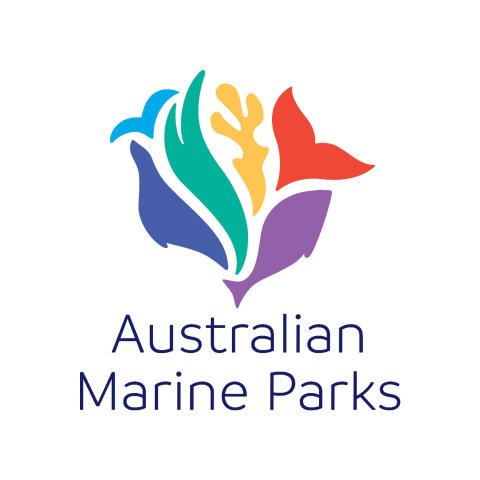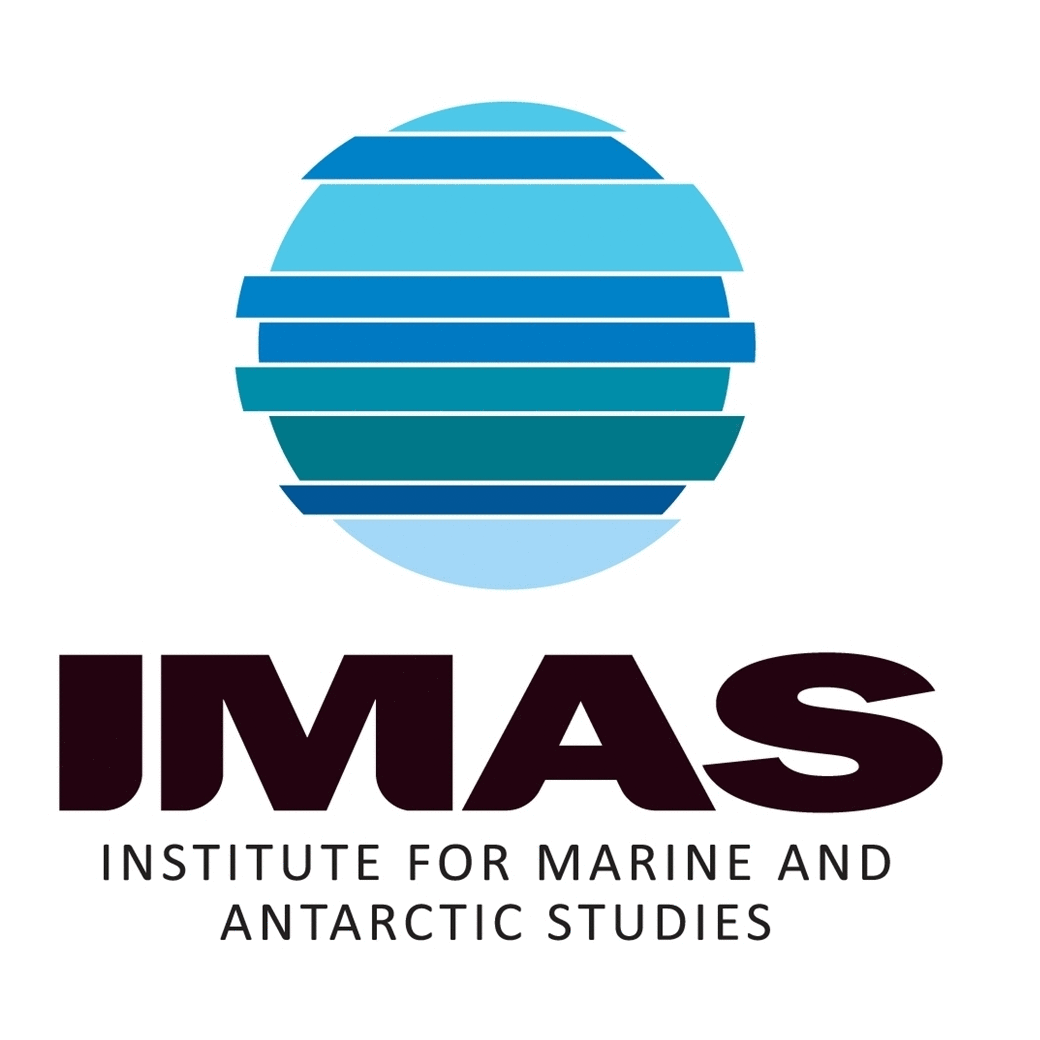Marine Parks
Type of resources
Topics
Keywords
Contact for the resource
Provided by
Years
-

Fine-scale bathymetry mapping was conducted in the Franklin and Zeehan Australian Marine Parks (AMPs) located off the west coast of Tasmania, Australia. The primary objective of this mapping exercise was to map seafloor features of the shelf areas of these AMPs for the first time and to understand the distribution of benthic habitats and key sessile invertebrate species within these areas. Characterisation of the seafloor was undertaken in two phases. The first stage used multibeam sonar to comprehensively map the study areas, extracting bathymetry and backscatter products. This was followed by extensive ground validation undertaken by a panoramic stereo drop-camera system that also recorded the presence of dominant sessile invertebrate fauna as well as benthic/demersal fish species. This record describes and provides data access to the fine-scale substratum mapping extracted from the combination of multibeam bathymetry and video ground-truthing data. Access to the (1) bathymetry survey data; and (2) annotated seafloor imagery, are provided through the 'Download and Links' section of this record.
-

Parks Australia - Indian Oceans Territory (IOT) Grants Project: Satellite-Derived Bathymetry and Seafloor Habitat Classification Mapping of Christmas Island Marine Park This project mapped Satellite-derived Bathymetry (SDB) and seafloor habitats at 2m horizontal spatial resolution, for the shallow waters (~0-25 m) of Christmas Island Marine Park. SDB data was processed using EOMAP's proprietary software and algorithm package Watcor-X, which generates SDB using multipspectral satellite data. The SDB is based on the physics-based inversion method of the radiative transfer equation which models the pathway of light and its interaction through different media (e.g. atmosphere and water column). The thematic classification of the seabed was based on multispectral satellite image analytics. Satellite imagery was pre-processed by applying a set of image correction procedures to reduce environmental noise, resulting in a standardised reflectance surface of the subsurface and seafloor. The information on seafloor reflectance at different wavelengths was used to run an object-based classification procedure which groups objects of similar spectral characteristics, shape and texture into different classes of major seafloor habitat type. These critical geospatial data layers provide the essential environmental baseline information for the long-term monitoring and management of the IOT Marine Parks. Having access to digital, georeferenced, high-resolution, satellite-derived maps of bathymetry and benthic habitats of shallow water areas, is of fundamental use in the areas of navigation and safety-at-sea, ecological research, environmental modelling, management and conservation, and monitoring the impacts from climate change.
-

This record provides an overview of the scope and research output of NESP Marine Biodiversity Hub Project D7 - "NESP Hub support for Parks Australia’s Monitoring, Evaluation, Reporting and Improvement System (MERI) for Australian Marine Parks". No data outputs are expected for this project. -------------------- This application is to facilitate Hub engagement with Parks Australia during development and initiation of their Monitoring, Evaluation, Reporting and Improvement (MERI) System for Australian Marine Parks. A key priority for the Marine Parks Branch in the 2019-20 financial year is finalising the Australian Marine Park MERI system. The Marine Biodiversity Hub will play an important role in development and implementation of this system. Hub partners have had previous experience in developing the integrated monitoring framework for the Great Barrier Reef, developing a process for identifying indicators for monitoring Key Ecological Features, and also have collected much of the ecological data that exists within Australian Marine Parks. In discussions with Parks Australia, to ensure the MERI system is optimally integrated with current scientific knowledge and capability, there are a number of tasks and information needs that the Hub is well positioned to provide assistance with, these include: • Review the ‘common language’ proposed for Australian Marine Parks, including natural values and pressures classifications, hierarchies and definitions. • Contribute to the identification of natural values, pressures and human uses within Australian Marine Parks and, where required, provide spatial data layers for incorporation into Parks Australia’s spatial information systems (i.e. Wylie) and other mapping portals. • Review conceptual models developed for each of the key ecosystems across the Australian Marine Park networks. • Review ecological risk assessments for natural values and pressures. • Provide advice on the process and criteria for identifying monitoring and inventory priorities. • Develop detailed conceptual models for areas identified as monitoring priorities. • Contribute to the development of monitoring questions. • Provide advice on the process and selection criteria for identifying appropriate value and pressure indicators (noting that the NESP D6 project is helping to identify appropriate social and economic indicators and measures). • Provide advice on best practice approaches for assessing management effectiveness. • Identify the suitability of existing data sets to support the identified monitoring priorities. • Provide advice on evaluation and reporting including best approaches for using a combination of quantitative data and expert opinion, and to help ensure alignment and consistency across objectives, key evaluation questions and reporting.
-

Parks Australia - Indian Oceans Territory (IOT) Grants Project: Satellite-Derived Bathymetry and Seafloor Habitat Classification Mapping of Cocos (Keeling) Island Marine Park This project mapped Satellite-derived Bathymetry (SDB) and seafloor habitats at 2m horizontal spatial resolution, for the shallow waters (~0-25 m) of the Cocos (Keeling) Islands Marine Park. SDB data was processed using EOMAP's proprietary software and algorithm package Watcor-X, which generates SDB using multipspectral satellite data. The SDB is based on the physics-based inversion method of the radiative transfer equation which models the pathway of light and its interaction through different media (e.g. atmosphere and water column). The thematic classification of the seabed was based on multispectral satellite image analytics. Satellite imagery was pre-processed by applying a set of image correction procedures to reduce environmental noise, resulting in a standardised reflectance surface of the subsurface and seafloor. The information on seafloor reflectance at different wavelengths was used to run an object-based classification procedure which groups objects of similar spectral characteristics, shape and texture into different classes of major seafloor habitat type. These critical geospatial data layers provide the essential environmental baseline information for the long-term monitoring and management of the IOT Marine Parks. Having access to digital, georeferenced, high-resolution, satellite-derived maps of bathymetry and benthic habitats of shallow water areas, is of fundamental use in the areas of navigation and safety-at-sea, ecological research, environmental modelling, management and conservation, and monitoring the impacts from climate change.
-

Parks Australia - Our Marine Parks Grants Round 3 Project: Satellite Mapping of Bathymetry and Habitats of Ashmore and Cartier Island Marine Parks This project aimed to map the satellite-derived bathymetry (SDB) and benthic habitats at 2m horizontal spatial resolution, for the shallow waters (~0-25 m) of the Ashmore Reef and Cartier Island Marine Parks. These critical geospatial data layers provide the essential environmental baseline information for the long-term monitoring and management of these Marine Parks. Mapping the shallow water zone is of importance both from an environmental and socioeconomic perspective. Having access to digital, georeferenced, high-resolution, satellite-derived maps of bathymetry and benthic habitats of shallow water areas, is of fundamental use in the areas of navigation, ecological research, environmental modelling, management and conservation, and monitoring the impacts from climate change.
-

Parks Australia - Our Marine Parks Grants Round 2 Project: Nearshore marine habitat mapping of the Norfolk Marine Park (Grant Activity ID: 4-FIZ391E) The Norfolk Marine Park is the is the eastern-most Park in the Temperate East Network of Australian Marine Parks, located between the NSW coast and Norfolk Island. The Park encompasses 188,444 km² of ocean and ranges in depth from 0 m at the Norfolk Island high tide mark to more than 5,00 m off the edge of the Norfolk Ridge. The Park includes two key ecological features – the Norfolk Ridge, and the Tasman Front and associated eddy field – both of which are valued for their high productivity, aggregations of marine life, biodiversity, and endemism. Norfolk Marine Park supports a range of species, including those listed as threatened under the Environment Protection and Biodiversity Conservation (EPBC) Act (1999), and contains Biologically Important Areas for breeding, foraging, and migration of seabirds, marine turtles, and humpback whales. The objective of this project was to create the first marine habitat map for the nearshore shallow water surrounding Norfolk, Nepean, and Phillip Islands. This was conducted in collaboration with Norfolk residents to provide local knowledge input and to ground-truth the remotely-sensed habitat mapping. This high-level habitat map will be used for planning purposes, development applications, and EPBC Act referrals within the nearshore waters of the Norfolk Marine Park, where no specific zoning for recreational and commercial activities currently exists. The map provides a basis for any ongoing citizen-science-driven marine habitat impact and condition assessments, ecosystem monitoring, and to provide the Norfolk Island residents with ownership of any future zoning planning. The map can be further refined as more detailed information becomes available from subject matter experts in the future.
 IMAS Metadata Catalogue
IMAS Metadata Catalogue